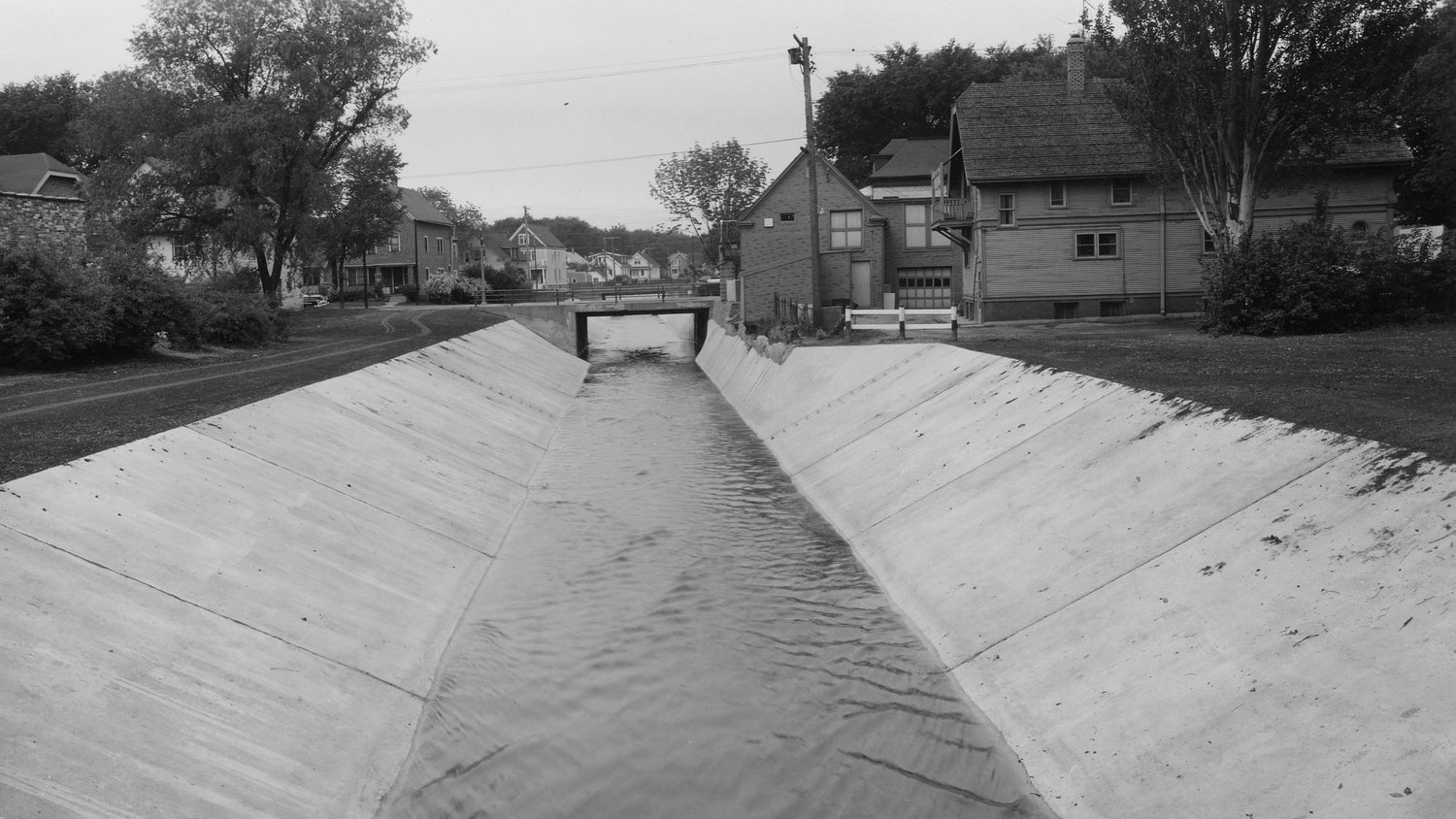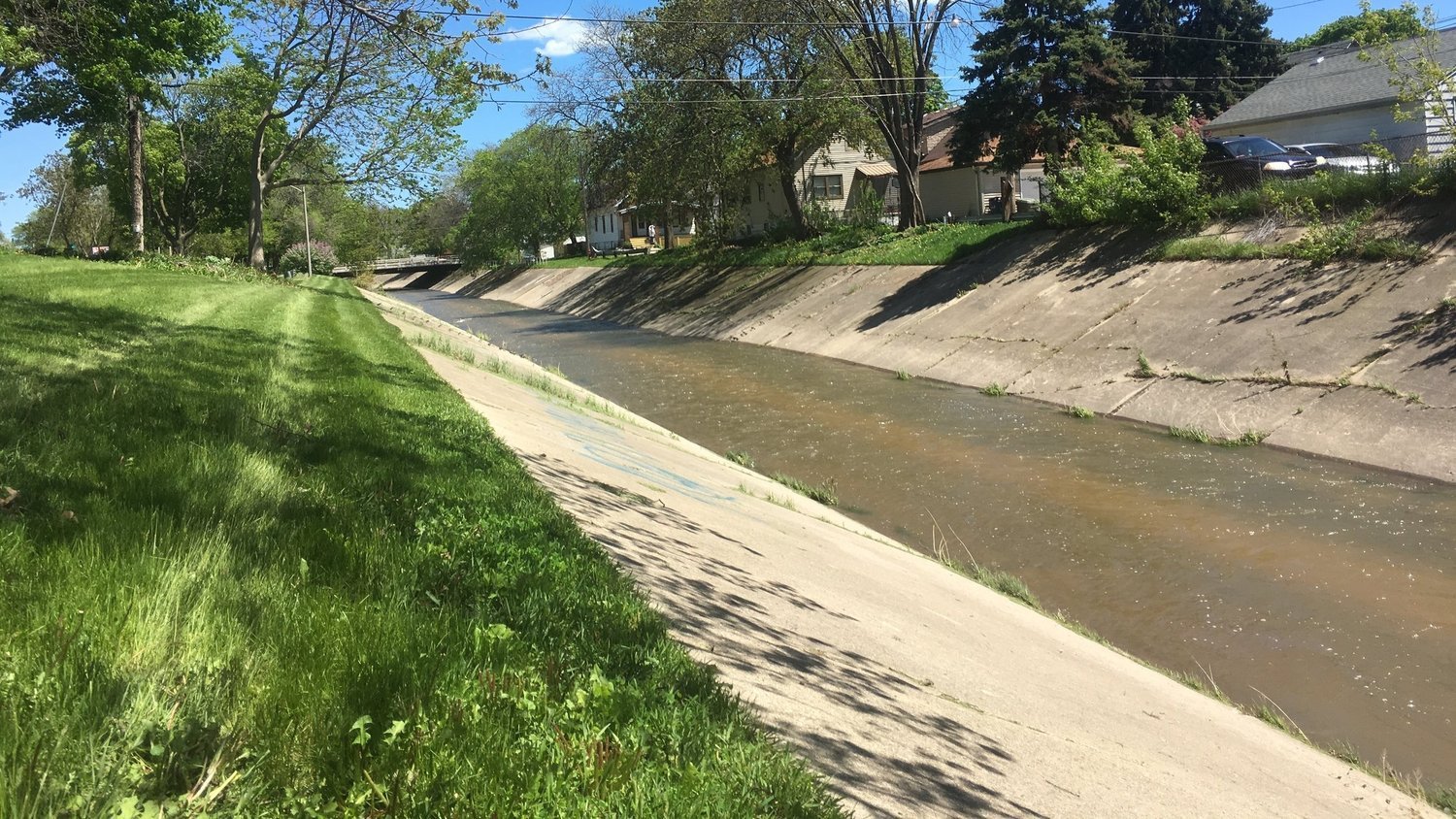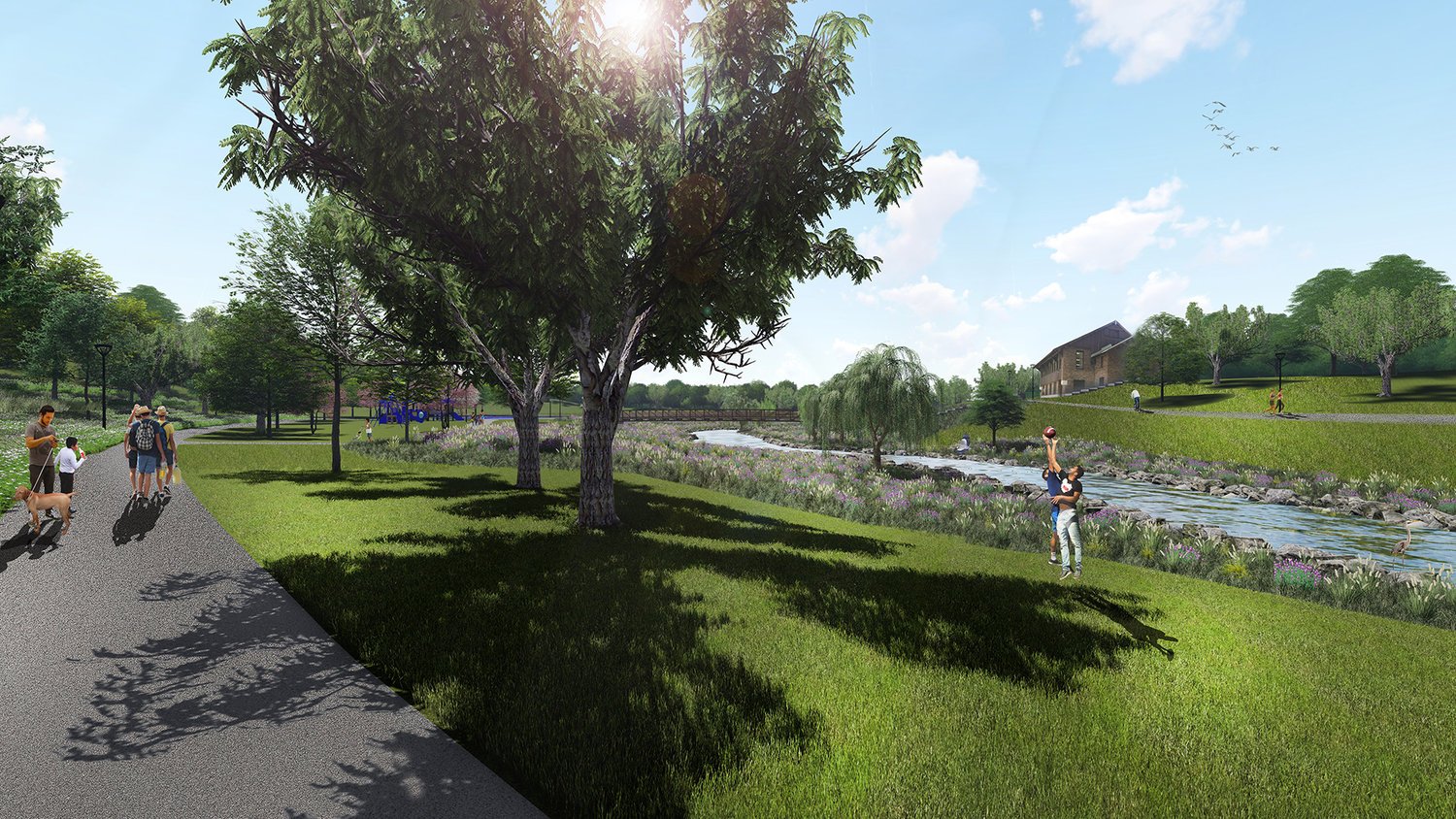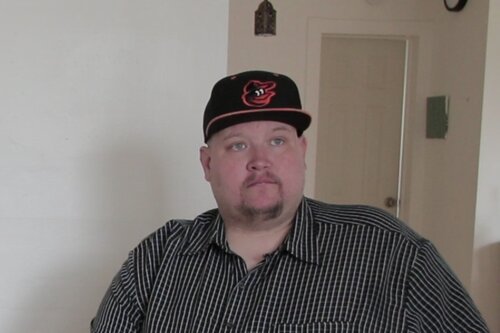
‘Ñ’ is for KK River
The Kinnickinnic River neighborhood Water Story
The word Kinnickinnic comes from the Ojibwe language meaning "what is mixed." (The word referred to local plants mixed with tobacco to be smoked.) Today, the word aptly describes a new kind of mixture—a densely populated, ethnically diverse, and culturally rich neighborhood sharing as a common thread its namesake river: the KK. Instead of herbs and plants and bark, this mixture includes people of many ages, languages, and backgrounds—not just neighbors living next door to each other but members of a community finding new ways to care for one another, the land, and our water.
"We're packed," says Esperanza Gutierrez, a passionate member of the local neighborhood organization, the Kinnickinnic River Neighbors in Action. "It's the most dense neighborhood in the city, and it's the most youthful neighborhood. So we need to teach our young children self-respect, respect for their neighbors, and the respect for nature."
Enjoy snapshots of yesterday, today, & tomorrow…

Yesterday: Looking west from 11th Street (1961) Homes and businesses tightly packed along the armored banks of the Kinnickinnic River in this June 1961 photo. The KK River watershed is the most densely populated watershed in Wisconsin. The banks of the river and its tributaries were originally armored to reduce flooding by conveying stormwater faster through the trapezoidal channel, but the strategy backfired as the surrounding watershed was developed with hard surfaces. Bridges constricted high flows, and severe floods escaped the banks. The loss of habitat also degraded water quality, leading to its perception as a drainage ditch. Photo courtesy of MMSD / Tom Chapman

Today: Looking east from 16th Street along the Kinnickinnic River in its concrete trapezoidal channel. Eighty-four homes were removed adjacent to the river so that this reach can be re-engineered to allow the river to meander through a broader floodplain. That should reduce flood risk and dangerous flows where people have drowned.

Tomorrow: Looking east in Pulaski Park (future vision) This rendering shows what Pulaski Park could look like in the future as more concrete is removed, trees are planted, and a walking path is connected. Neighbors can provide input on what they would like to see along the river corridor by participating in the KK River Neighbors in Action. Even more dramatic transformations are planned downstream between 16th and Sixth streets. Image courtesy Sixteenth Street Community Health Centers.
KK River Voices
Meet Travis
Meet Marisela
Meet Esperanza






